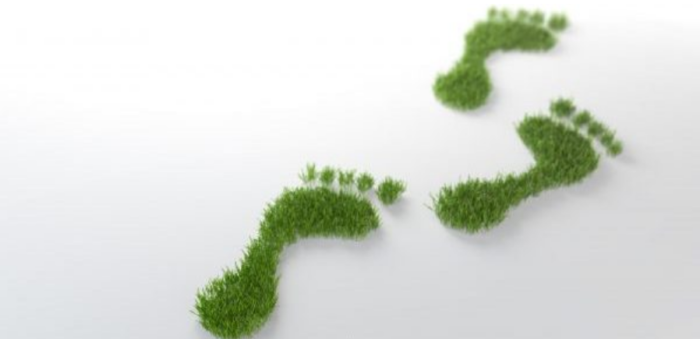SEA EUROPE stated that with 90% of international trade, 80% of the EU’s external trade and 40% of the EU’s internal trade carried by water, shipping is vital for trade. In the meantime, shipping accounts for the 3.1% of CO2 emissions. Should no actions to be taken, shipping emissions could exceed the 250% by 2050. To reduce the GHG emissions from shipping, IMO adopted an Initial Strategy in April 2018.
Mainly, European Commission’s recent strategy ‘A Clean Planet for All’ highlighted clean, safe and connected mobility as one amongst 7 priorities. Therefore, waterborne transport is considered as a crucial way of transport.
[smlsubform prepend=”GET THE SAFETY4SEA IN YOUR INBOX!” showname=false emailtxt=”” emailholder=”Enter your email address” showsubmit=true submittxt=”Submit” jsthanks=false thankyou=”Thank you for subscribing to our mailing list”]
The Waterborne sector in Europe issued an ambitious ‘Strategic Research Agenda’ in January 2019.
The maritime sector highlights the need for a zero-emission waterborne transport for new-built ships and inland barges by 2030 and a zero-emission waterborne transport for any ship type on any ship voyage by 2050.
This strategy goes beyond mitigating GHG emissions alone as the waterborne sector also aspires to eliminate any other harmful environmental substances, including air pollutants, water pollution, waste and noise.
Moreover, in order to achieve the zero-emission goal, EU should rely on targeted research, development, innovation and deployment measures, both financially and from a regulatory and policy perspective.
SEA Europe’s Secretary General, Christophe Tytgat noted that the waterborne sector needs to receive a fair and substantial share of the financial cake from financial programmes such as Horizon Europe.
Europe and its leaders will also help European shipyards and maritime equipment manufacturers in staying ahead of global competition, mainly from Asia, in terms of innovation and to allow European shipyards and maritime equipment manufacturers to continue to design and build the most innovative ship types in Europe and to produce the most innovative maritime equipment, technologies and systems in Europe.
He concluded that the innovative vessel designs and types, along with their equipment will be important into reducing GHG emissions from ships and ultimately in making waterborne transport a zeroemission mode of transport.






























































